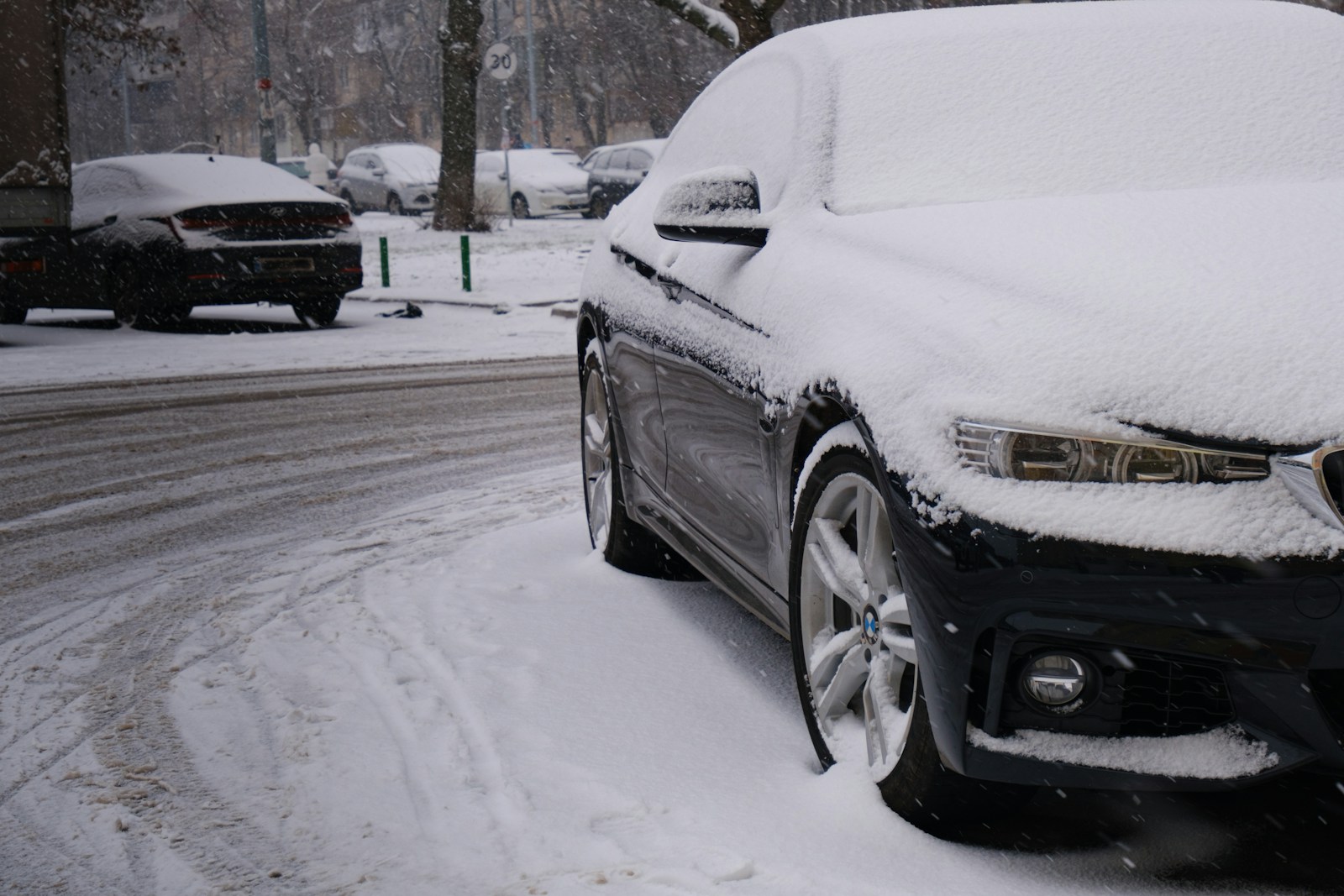If you’re not planning to drive your car for a few months during winter—whether it’s a convertible, classic ride, or just your backup vehicle—proper storage is critical. Winter can wreak havoc on a car if it’s simply left sitting in the cold.

This guide covers exactly how to store a car over winter without damage, focusing on fluids, tires, batteries, and exterior protection. Follow these steps, and your vehicle will be ready to roll when spring returns.
Why Proper Winter Storage Matters
Leaving your car idle through winter without prep can lead to:
- Flat spots on tires
- A dead battery
- Corroded brake components
- Engine fluid breakdown
- Rodent infestations
With a few preventive steps, you’ll avoid costly repairs and extend your vehicle’s lifespan.
Step-by-Step Guide to Winter Car Storage
1. Choose the Right Storage Location

Ideally:
- Garage: Best protection from snow, sun, and moisture.
- Storage facility: Great for long-term protection.
- Carport or driveway: Acceptable if using a high-quality weatherproof car cover.
Avoid parking under trees or in areas prone to flooding.
2. Wash and Wax the Exterior
Dirt, bird droppings, and road salt can damage paint over time. Give your car a full wash, then apply a protective coat of wax.
- Don’t skip the wheels and undercarriage.
- Consider adding a paint sealant for added protection.
- Dry completely before covering.
3. Top Off All Fluids
Before storage:
- Fill the gas tank to prevent moisture buildup.
- Add a fuel stabilizer to keep the gas from degrading.
- Top off coolant, brake fluid, windshield washer, and oil.
🔧 Tip: An oil change before storage ensures contaminants don’t sit in your engine all winter.
4. Protect the Battery
Your car’s battery can die after just a few weeks of non-use in cold weather.
Options:
- Disconnect the negative terminal (if you don’t need to start it periodically).
- Use a battery tender (trickle charger) to keep it topped off without overcharging.
📍 You might also be interested in: Top Car Maintenance Tips for Winter
5. Prevent Tire Flat Spots
Cold weather and stationary weight can flatten tires in one area.
- Inflate tires to the recommended PSI or slightly above.
- Consider placing the car on jack stands to relieve pressure.
- If possible, move the car a few feet monthly to rotate contact patches.
For long-term storage (90+ days), jack stands are the best option.
6. Avoid Moisture and Rodents Inside
Inside the car:
- Clean thoroughly to remove crumbs and debris.
- Place moisture absorbers or baking soda boxes inside.
- Use dryer sheets or peppermint oil to deter rodents (they hate the smell).
In the engine bay:
- Block air intakes and exhaust pipes with steel wool or aluminum foil (don’t forget to remove before restarting!).
7. Cover the Car Properly
If indoors:
- Use a breathable car cover to protect against dust and scratches.
If outdoors:
- Invest in a weatherproof, UV-resistant cover that secures tightly with straps or magnets.
Avoid cheap plastic tarps—they trap moisture and damage paint.
Quick Checklist for Winter Car Storage

| Task | Done? |
|---|---|
| Washed & Waxed | ☐ |
| Fluids Topped Off + Stabilizer | ☐ |
| Battery Disconnected/Tender | ☐ |
| Tires Inflated / On Stands | ☐ |
| Interior Cleaned | ☐ |
| Rodent Deterrents Placed | ☐ |
| Car Cover Installed | ☐ |
When You’re Ready to Drive Again
- Check for leaks or chewed wires under the hood.
- Reconnect the battery.
- Wash off any dust or cover residue.
- Check tire pressure and fluids.
- Start slowly and listen for odd sounds.
Allow the engine to idle for a few minutes before driving off.
You Might Also Be Interested In:
- Best Tires for Wet and Dry Conditions
- How to Get Better Gas Mileage
- What to Keep in Your Car Emergency Kit
Proper storage is more than just tossing on a cover and walking away. By following these steps, your vehicle will stay protected through the coldest months—and be ready for a worry-free spring startup.
Let’s Talk Cars
Have a question? A suggestion? Just want to say hi?
You’re in the right place.
Use the form below to reach out to the AutoSpecs Daily team. We're happy to hear from readers, car lovers, first-time buyers, and anyone who's got something to share.
What can you contact us about?
- Feedback on one of our articles
- Ideas for new topics you'd like us to cover
- Questions about cars, gear, or general auto advice
- Media, partnership, or brand inquiries
- Anything else that's on your mind
We check every message that comes through and do our best to respond within 2 to 3 business days.
We don’t list an email address here to avoid spam, but the contact form is the best and fastest way to reach us.
Thanks for stopping by. We're glad you're here.

